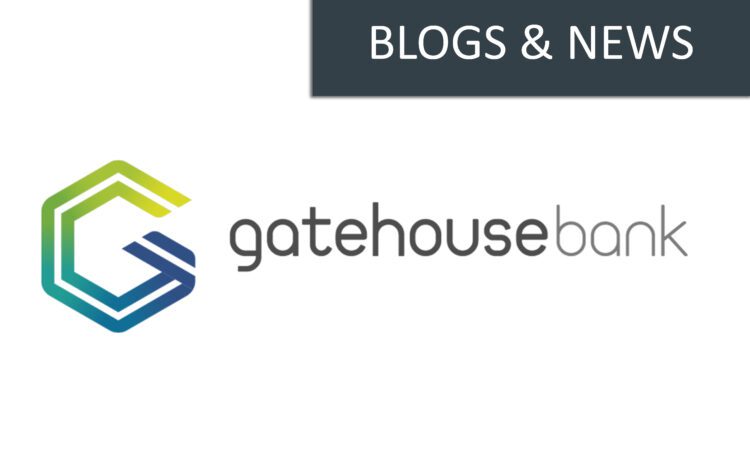
Historically, recruitment activity has commenced once a vacancy has been created. This is when the investment in both time and money begins. This approach allows companies to control their costs and not over resource.
However, the time has come for organisations to rethink this strategy and hire when available talent can be secured, taking into consideration how long it can take to train employees to become effective in their roles.
The Current Recruitment Market
Often, reactive hiring also occurs because HR and talent departments are targeted on agency spending and time to hire, rather than the cost of or loss of revenue (opportunity cost) due to not having a candidate in the business.
A reactive recruitment strategy in the current market is not providing businesses with the talent they need within the timeframes required. The time to hire has increased dramatically, leaving businesses with a talent gap and reduced productivity.
It has been widely reported that the UK talent market is the tightest it’s ever been. Unemployment is at its lowest level whilst the volume of job openings hit a new record in the same period. FACT!
What’s The Impact On Recruitment?
As expected, the reduced availability of talent combined with record-breaking vacancies has had a monumental impact on recruitment.
Time to hire has increased due to the competition for, and scarcity of, talent. It’s estimated that only 5-15% of the market is currently active due to the high volume of recent movement during the ‘Great Resignation’ (Networx). We are also seeing increased dropout rates throughout the process. 54.6% of candidates would accept a job they’re unsure of whilst continuing their job search (CV Library).
Alongside this, the balance of active vs passive talent has been totally transformed. Traditionally, c.65% of candidates were active and applied for vacancies via job adverts. The remaining 35% comprised of passive talent that was identified through headhunting techniques.
Over the past 18 months, only 35% of candidates have been actively applying. For this reason, we at The Curve Group have had to utilise headhunting techniques usually reserved for more senior and/or niche hires to provide the remaining 65% volume of talent.
What Does This Mean For Businesses?
As a result, businesses are having to re-think their approach to recruitment and accept that the reward of over resourcing leads to the provision of a pool of trained talent ready to be deployed. Companies recognise that the increase in heads and recruitment spending outweighs the lost revenue or reduced customer satisfaction.
So, what’s my advice?
- Recognise that you will be constantly asked to increase salaries and candidates will be counter-offered
- You should be proactively recruiting people and over resourcing
- Consider the slickness of your recruitment process, engaging strategy and onboarding techniques so that you do not lose candidates
- Consider if a candidate with most of the attributes can be trained in the skills they do not have, versus ‘holding out’ for the perfect candidate
- Time to hire may increase as your recruitment team may have to resource roles three to four times in the current market
- Hire and onboard staff anticipating your vacancies.
I cannot see an immediate end to this phase we are going through. FACT! So, consider a mindset shift to your approach and good luck with your hiring!
Find out more about how The Curve Group can help you navigate these tricky times.








